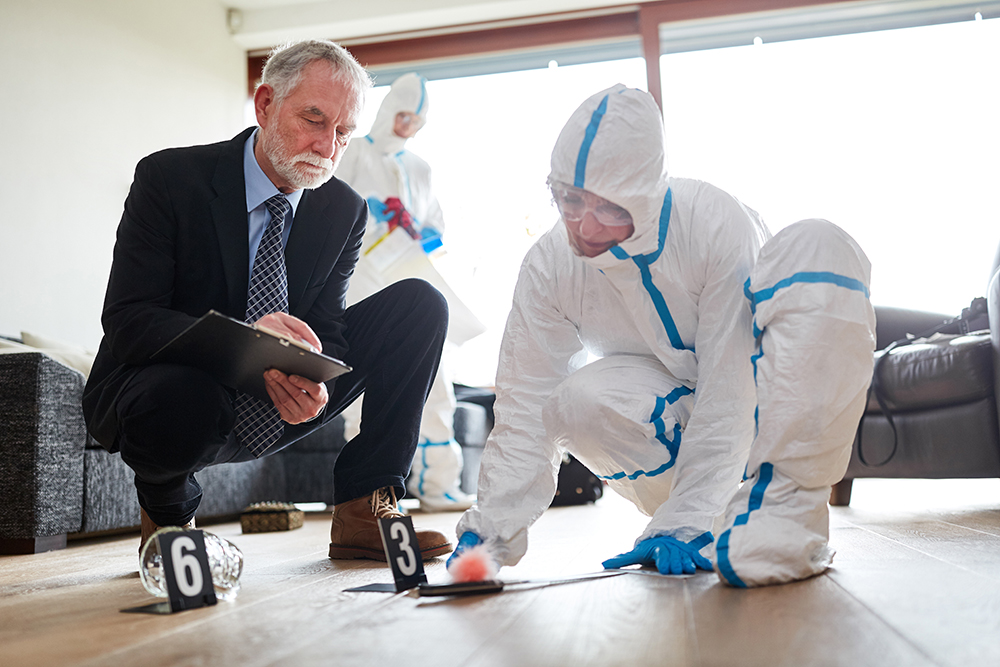Unexpected hidden contamination arises because of pre-existing issues or historic damage that remained unidentified prior to taking occupancy. Contamination caused by electrical, façade and plumbing failures in inaccessible places, and from changes to the day to day running of the building results in delays in rectification.
Building failures that result in increased dampness can also lead to headaches, respiratory difficulties, or more serious health effects such as immune disease. Mould may not be the causative agent for an adverse health effect, but a different outcome of dampness such as dust mites or bacterial toxins. LITMAS therefore always reports our laboratory observations as they relate to dampness in a building.
Whilst historic design, poor building practice and air conditioning maintenance lead to microbial contamination, these are often only uncovered when assessing a building for an insurance claim. There is often a strict limit on insurance settlement or compensation value for pre-existing loss, and most often reinstatement costs become the burden of the owner, or the insurer pays for damage which should not have been part of the claim.
Building inspection coupled to bespoke laboratory analysis are required to separate the causation of hidden contaminants such as mould and biofilm. Identifying the likely risk to the health of the occupants AND building integrity is vital in such assessments and LITMAS methods provide both.
Demonstrating successful cleaning, remediation and rectification of hidden issues requires following a strict documentation and testing process, such as that set out by the Institute of Inspection, Cleaning and Restoration Certification. Our work supports those remediation procedures.

